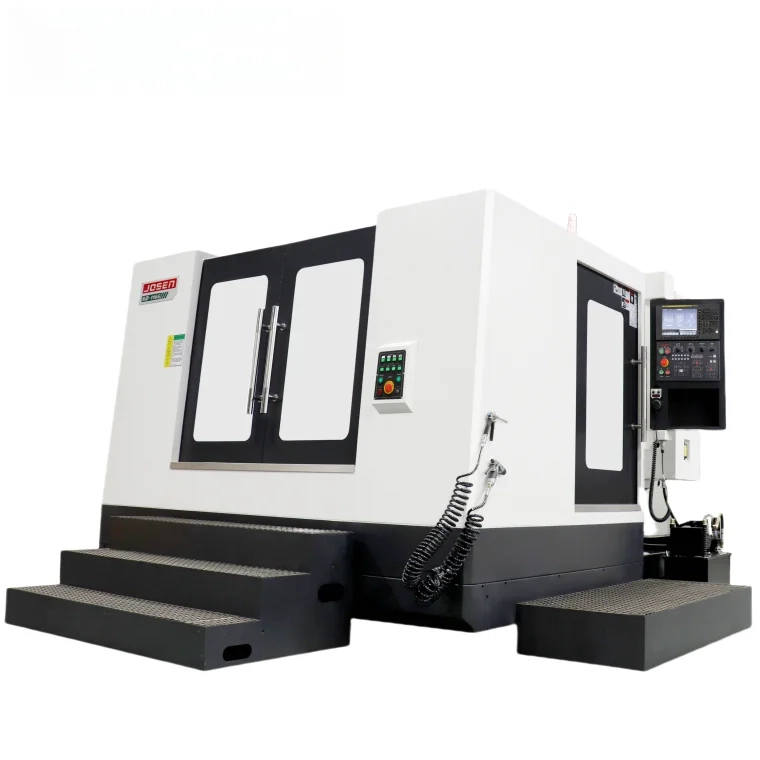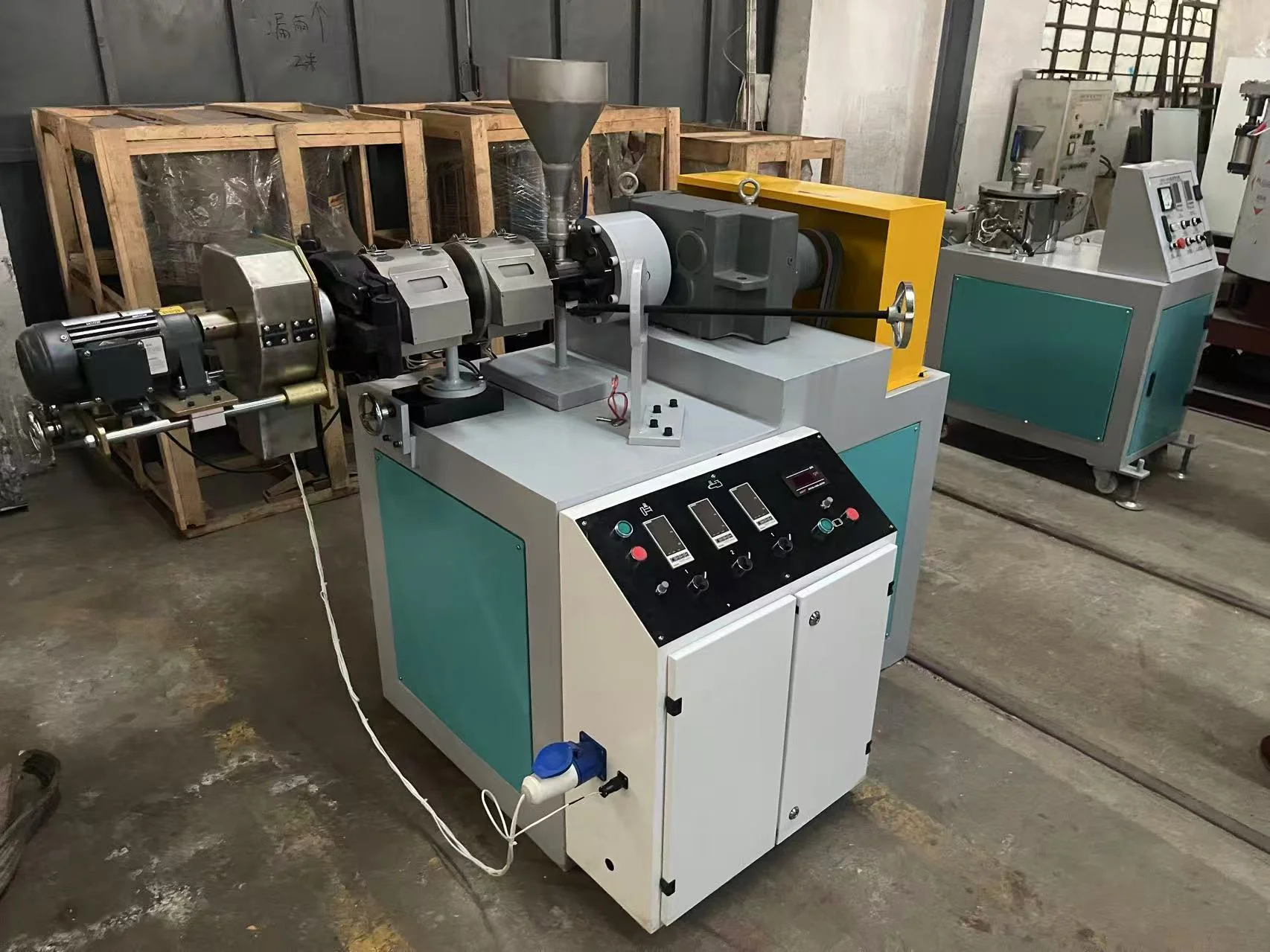Fuel Injection Pumps vs. Carburetors: Unraveling the Mechanics of Modern Engine Performance
When it comes to the heart of an internal combustion engine, the method of delivering fuel to the combustion chamber is crucial for performance, efficiency, and emissions. Two primary technologies dominate this domain: fuel injection pumps and carburetors. While both serve the same fundamental purpose—mixing fuel with air for combustion—their operational principles, efficiency, and applications differ significantly. This article delves into the intricacies of fuel injection pumps and carburetors, highlighting their differences, advantages, and the contexts in which each is most effective.
Understanding the Basics
Carburetors have been a staple in automotive engineering since the early 20th century. They operate on the principle of atmospheric pressure and the Venturi effect, where air passing through a narrow passage creates a vacuum that draws fuel from a reservoir into the airstream. This mixture of air and fuel is then delivered to the engine's cylinders for combustion. Carburetors are relatively simple devices, consisting of fewer moving parts, which makes them easier to maintain and repair.
In contrast, fuel injection pumps represent a more advanced technology that has gained prominence since the late 20th century. These pumps use electronic controls to precisely manage the amount of fuel injected into the combustion chamber. Fuel injection systems can be categorized into two main types: port fuel injection (PFI) and direct fuel injection (DFI). PFI injects fuel into the intake manifold, while DFI injects fuel directly into the combustion chamber, allowing for greater control over the combustion process.
Key Differences
- Fuel Delivery Method:
- Carburetors rely on a passive system where fuel is drawn into the airstream based on pressure differentials. This can lead to inconsistencies in fuel delivery, especially under varying engine loads and speeds.
- Fuel Injection Pumps, particularly those with electronic control units (ECUs), provide precise fuel delivery based on real-time data from various sensors. This allows for optimal air-fuel mixtures across different operating conditions.
- Efficiency:
- Carburetors tend to be less efficient, especially at higher RPMs or under heavy loads. The mixture can become too rich or too lean, leading to poor fuel economy and increased emissions.
- Fuel injection systems are designed for efficiency, providing the exact amount of fuel needed for combustion. This results in better fuel economy, lower emissions, and improved engine performance.
- Emissions Control:
- Carburetors often struggle to meet modern emissions standards due to their less precise fuel delivery. This has led to their decline in favor of more advanced technologies.
- Fuel injection systems are better equipped to handle emissions regulations. They can adjust the air-fuel mixture dynamically, ensuring complete combustion and minimizing harmful emissions.
- Complexity and Maintenance:
- Carburetors are simpler in design, making them easier to repair and maintain. However, they require regular tuning and adjustments to ensure optimal performance.
- Fuel injection systems are more complex, with numerous components such as injectors, pumps, and sensors. While they require less frequent maintenance, repairs can be more costly and complicated.
Applications and Trends
Historically, carburetors were the go-to solution for gasoline engines, particularly in classic cars and small engines. However, the automotive industry has seen a significant shift towards fuel injection systems, driven by the need for better fuel efficiency and stricter emissions regulations. Today, fuel injection is standard in most modern vehicles, including gasoline and diesel engines.
Interestingly, there is a resurgence of interest in carburetors among automotive enthusiasts and in specific applications, such as racing and classic car restoration. The simplicity and mechanical nature of carburetors can provide a unique driving experience that some enthusiasts cherish.
Conclusion
In summary, the choice between a fuel injection pump and a carburetor ultimately depends on the specific requirements of the engine and the intended application. While carburetors offer simplicity and ease of maintenance, fuel injection systems provide superior efficiency, performance, and emissions control. As technology continues to evolve, the trend leans heavily towards fuel injection, reflecting the automotive industry's commitment to innovation and sustainability. Understanding these differences not only enhances our appreciation of engine technology but also informs decisions for vehicle modifications and restorations.


